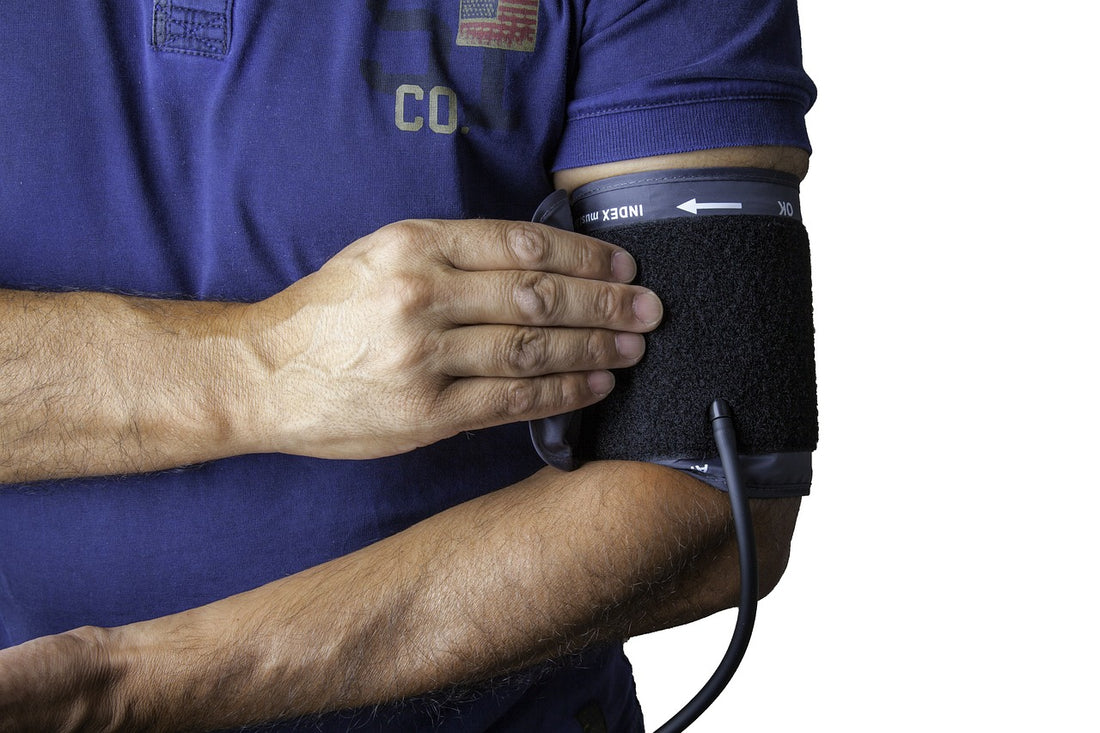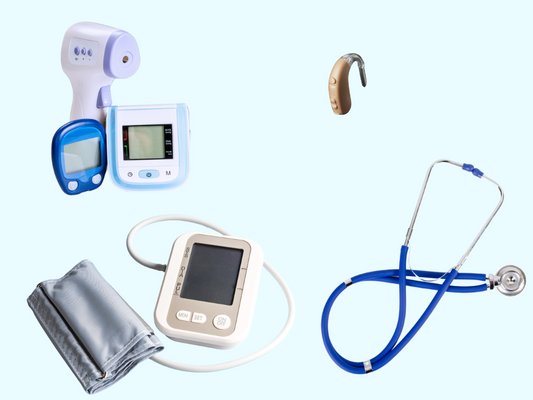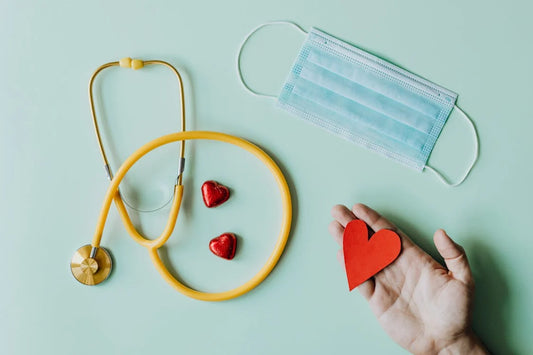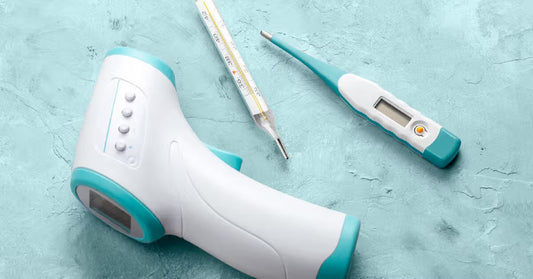
Manage Your Health with Blood Pressure Monitors.
Do you know what your blood pressure is right now? It’s a question that most of us can’t answer off the top of our heads. In our busiest schedule and hectic lifestyle, we usually forget to pay attention to an important aspect of our life- Our health. Since hypertension (high pressure) is a silent killer, controlling and understanding your blood pressure is the key to a healthier, happier life. One of the best ways to monitor your blood pressure is to use a home blood pressure monitor. Home blood pressure monitors are easy to use and can be purchased at most drugstores.
Checking our blood pressure is like a regular maintenance appointment for a car – it’s necessary to make sure all the components are functioning correctly and to identify any potential issues before they become serious. Today, we’ll talk about the importance of using blood pressure monitor in Canada to manage your health and how you can live a more healthy and fulfilling life.
What is Blood Pressure?
Many of us don’t even know what blood pressure is: The force of blood against your arteries is called your blood pressure. Your heart pumps the blood around your body. It is expressed in two numbers:
- Systolic pressure: This is the highest number, and it represents the pressure inside your arteries as your heart beats.
- Diastolic pressure: This lower number indicates the pressure within your arteries while your heart is resting between beats.
Types of Blood Pressure Monitors
In Canada, bp monitors come in a variety of types, each with their advantages and disadvantages. Here are some of the most common types of bp monitoring devices.
- Manual blood pressure monitors: They are commonly used by healthcare providers. These monitors require a stethoscope, a pressure cuff, and some training. They can be very accurate, but they are not the best option for home use unless you are a medical professional.
- Automatic or Electronic Blood Pressure Monitors: They are easy to use and perfect for monitoring blood pressure at home, such as Omron blood pressure monitor. These monitors usually come with an arm cuff and digital display. Automatic monitors provide accurate and easy-to-use results.
- Wrist blood pressure monitors: They are more compact and portable than arm monitors. This makes them an excellent option for monitoring on the go. They can be inaccurate if they are not placed correctly.
- Finger Blood Pressure Monitors: Although these compact devices are more portable than wrist or arm monitors, they tend to have a lower accuracy.
- Ambulatory blood pressure monitors: These devices measure your blood pressure at regular intervals for 24 hours. These devices are used to monitor blood pressure for longer periods, particularly when diagnosing conditions such as white coat hypertension. This is elevated blood pressure caused by anxiety in the doctor’s offices. But normal at home or in other settings.
How to Use Your Blood Pressure Monitor
Possibly, you felt nervous when using a blood pressure monitor for the first time, but it is an easy-to-use device. However, to get an accurate measurement, you need to follow the following steps:
- Prepare: Find somewhere quiet to relax and sit for a few moments before you take your blood pressure. Avoid caffeine, smoking, and exercising for at least 30 mins prior.
- How to Fit the Cuff: Wrap the cuff around the, just above the elbow, and make sure it is snug but not too tight. The cuff must be placed at the level of your heart. Position the wrist monitor at heart level if you are using one.
- Position: Sit straight with your back, feet flat on the floor, and wrist or arm resting on a flat surface. Relax and refrain from talking during the measurement.
- Start Monitor: By pressing the start button, the monitor will automatically inflate your cuff.
- Record Readings: Your monitor will show your systolic, diastolic, and heart rate. Notate the readings to be able to refer back later.
- Repeat as Necessary.: To get the best results, take 2 to 3 readings and give yourself a break of 1 to 2 minutes between each.
- Track and Record: You can keep track of your readings by keeping a journal or using an app to sync with your monitor. This data can be shared with your healthcare provider at your next checkup.
How to Interpret Your Blood Pressure Readings
- Normal Systolic > 120 mmHg and Diastolic > 80 mmHg
- Elevated Systolic pressure 120-129mmHg and Diastolic pressure 80mmHg
- Hypertension stage 1: Diastolic or Systolic pressure of 80-89mmHg
- Hypertension stage 2: Diastolic or Systolic pressure >= 90mm Hg
- Hypertensive crisis: Systolic or Diastolic pressures > 120 mmHg
Consult a health professional if your readings are consistently in the hypertensive or elevated range. They can offer advice on lifestyle changes, medication, or other interventions necessary to effectively manage your blood pressure.
Who Can Use Blood Pressure Monitor?
- Sports and fitness lovers: Those who exercise regularly and are in good health may benefit from a routine check of blood pressure. Training can lead to some temporary elevations in blood pressure. Regularly checking your blood pressure can help to ensure that your levels stay within the healthy range.
- Pregnant ladies: Monitoring blood pressure is crucial during pregnancy because gestational hypertension, also known as preeclampsia, is a possibility. Women who are expecting should speak with their healthcare providers to keep track of and manage their blood pressure throughout the duration of their pregnancy.
- Seniors: Hypertension becomes more prevalent with age. Monitoring your blood pressure regularly is incredibly vital for older people to stay clear of heart disease and other health problems that are associated with it.
- Caregiver and Family Members: Family members and caregivers can use monitors for blood pressure in order to monitor the condition of those they love, especially when they’re older or suffer from medical issues.
- Young adults: While hypertension can be more prevalent among seniors, it’s susceptible to being a problem for people of all ages. Young adults who have an ancestor with hypertension or are afflicted with the risk factors must consider monitoring their levels of blood pressure.
Tips for managing your health with blood pressure:
- Monitor an identical blood pressure reading every day, ideally early in the morning and then before going to bed.
- Note the blood pressure measurements in your diary. This can help you observe how your BP fluctuates throughout the day and to detect any changes.
- If you notice that your blood pressure levels are always high, consult your physician. They might have to modify your medication or suggest lifestyle adjustments.
- Avoid taking your blood pressure immediately after eating, exercising, or smoking. These activities can temporarily raise your blood pressure, so it’s best to wait at least 30 minutes before taking a reading.
- Alongside keeping track of the blood pressure of your patients, make sure to adhere to the advice of your physician regarding lifestyle modifications like eating a healthy and balanced diet, exercising regularly, and cutting down on smoking.
Wrap Up!
In conclusion, by regularly monitoring your BP, you can make a significant impact on your overall health. It can also help prevent hypertension-related complications. You can easily control your health by choosing the best blood pressure monitor and following best practices when measuring it.







